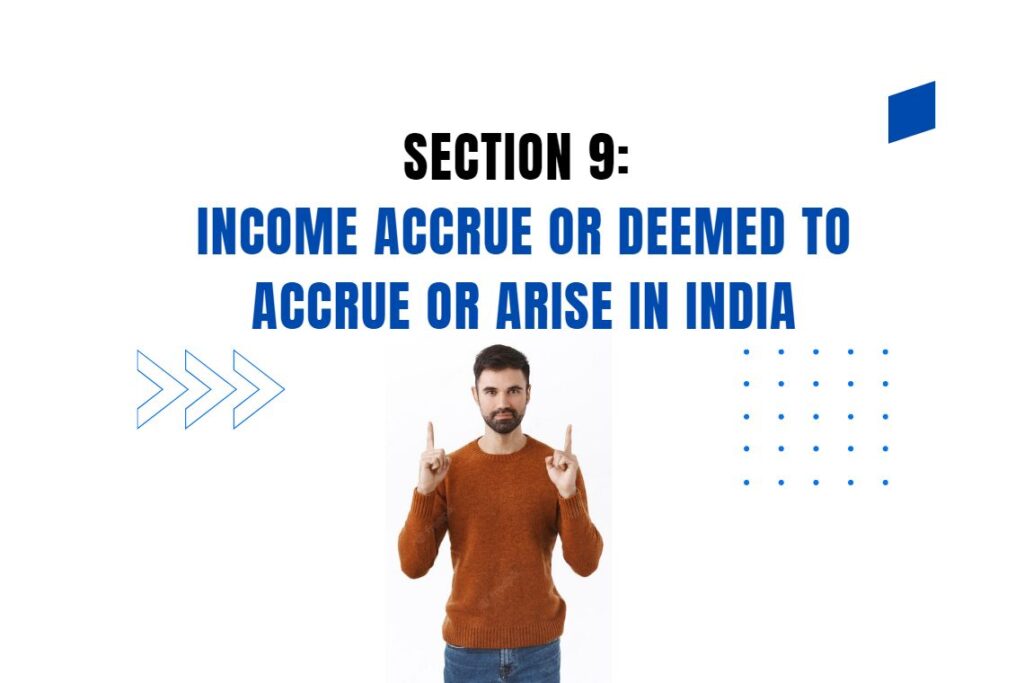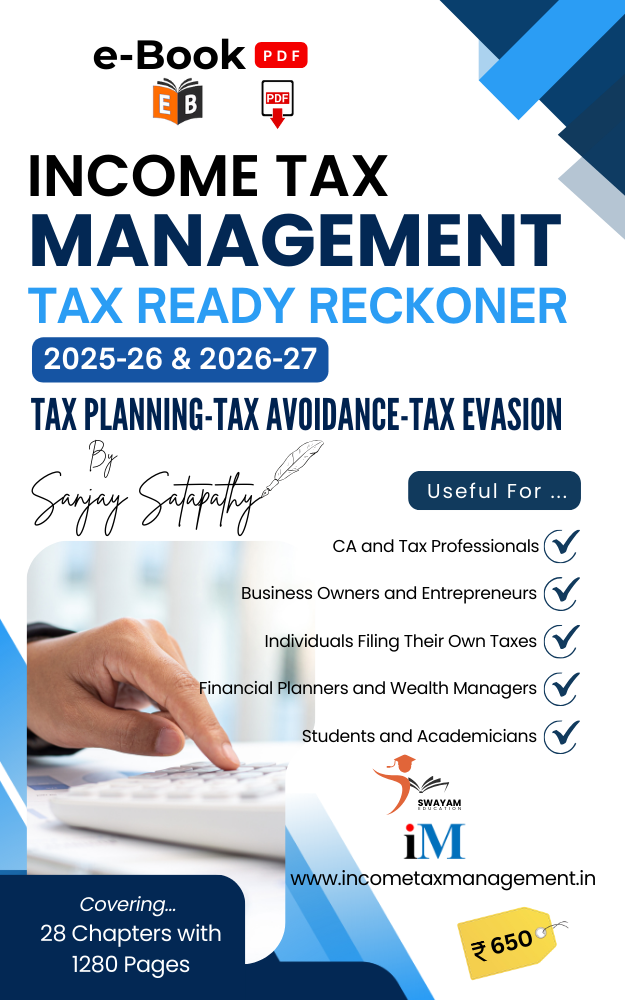Provident Fund (PF) is a social security scheme in India that provides financial assistance to employees after retirement or superannuation. The scheme is mandatory for all employees earning up to Rs. 15,000 per month.
Under the PF scheme, both the employee and the employer contribute to the employee’s PF account. The employee’s contribution is deducted from the salary, while the employer’s contribution is paid in addition to the salary. The current contribution rate is 12% of the salary for both the employee and the employer.
The PF contributions are invested in government securities and other low-risk investments. The employee is entitled to receive the accumulated balance in the PF account, along with interest, on retirement or superannuation.
Tax treatment of Provident Fund under Section 10(11)
Under Section 10(11) of the Income Tax Act, the entire withdrawal amount from a recognized Provident Fund is exempt from tax. This means that if you withdraw your Provident Fund balance after completing a minimum of 5 years of continuous service, the entire amount will be tax-free.
However, there are certain conditions that need to be fulfilled to avail of this tax exemption.
Firstly, the Provident Fund should be recognized by the Commissioner of Income Tax.
Secondly, the withdrawal should be made after the completion of 5 years of continuous service. If the withdrawal is made before completing five years, then the tax exemption will not be applicable.
Finally, Any payment from a Provident Fund to which the Provident Funds Act, 1925 applies or from Public Provident Fund set up by the Central Government shall be exempt.
Section 10(11) of the Income Tax Act, 1961, provides for exemption from tax in the hands of the employee on the following amounts received from a recognized provident fund:
- The employee’s own contributions to the fund.
- The interest accrued on the employee’s own contributions.
- The employer’s contributions to the fund, up to a certain limit.
The limit for exemption of employer’s contributions is the lower of the following:
- 12% of the employee’s salary (including basic pay, dearness allowance, and other allowances that form part of the salary).
- The actual amount contributed by the employer.
Any employer’s contributions in excess of the above limit is taxable as income in the hands of the employee.
The exemption under Section 10(11) is available for all types of PFs, including the Employees’ Provident Fund (EPF), the Public Provident Fund (PPF), and the Recognised Provident Fund (RPF).
However, the exemption is not available for the following amounts received from a PF:
- Any interest income earned on the PF balance.
- Any loan taken against the PF balance.
- Any amount received on surrender of the PF policy.
Taxability of Interest on statutory provident fund where contribution is exempt [Provisos inserted under section 10(11)] [W.e.f. A.Y. 2022-23]
The provisions of this clause [i.e. exemption under section 10(11)] shall not apply to the interest income accrued during the previous year in the account of the person to the extent it relates to the amount or the aggregate of amounts of contribution made by the person exceeding Rs. 2,50,000 in any previous year in that find, on or after 1.4.2021, computed in such manner as may be prescribed. [First proviso]
However, if the contribution by such person is in a fund in which there is no contribution by the employer of such person, the provisions of the first proviso shall have the effect as if Rs. 2,50,000, had been substituted by Rs. 5,00,000. [Second proviso]
Other Tax Benefits of Provident Fund
In addition to the exemption under Section 10(11), there are a few other exemptions available for provident fund contributions and withdrawals. For example:
- The employee’s own contributions to the provident fund are eligible for deduction under Section 80C of the Income Tax Act.
- The withdrawal of provident fund on retirement or superannuation is exempt from tax, subject to certain conditions.
- The withdrawal of provident fund for certain purposes, such as the purchase of a house or for medical treatment, is also exempt from tax.
In addition to the tax exemption under Section 10(11), Provident Fund also offers other tax benefits. The contributions made by the employee are eligible for deduction under Section 80C of the Income Tax Act. The maximum deduction allowed is up to Rs. 1.5 lakh per financial year.
Furthermore, the interest earned on the Provident Fund is also tax-free. The interest rate on Provident Fund is determined by the government and is usually higher than the prevailing market rates. This makes it an attractive investment option for individuals looking for long-term tax-efficient savings.
Benefits of PF
PF offers a number of benefits to its members, including:
- Tax exemption on contributions and withdrawals.
- Regular savings and investment.
- Guaranteed returns.
- Social security benefits.
Eligibility for PF
All salaried employees earning less than Rs. 15,000 per month are mandatorily required to contribute to PF. Self-employed individuals can also opt to contribute to PF on a voluntary basis.
How to join PF
To join PF, you need to open a PF account with a recognized provident fund trust. You can do this through your employer or through a bank or other financial institution.
Examples of Tax Exemptions U/s 10(11):
Example 1:
An employee with a salary of Rs. 60,000 per month contributes Rs. 5,000 per month to his provident fund account. The employer contributes Rs. 6,000 per month to the employee’s provident fund account.
The employee’s own contributions and the interest accrued thereon are exempt from tax under Section 10(11). The employer’s contributions up to a limit of Rs. 7,200 per month (i.e., 12% of the employee’s salary) are also exempt from tax under Section 10(11). The remaining Rs. 1,800 per month contributed by the employer is taxable as income in the hands of the employee.
Example 2:
An employee retires after 20 years of service. She withdraws her provident fund balance of Rs. 20,00,000.
The entire amount of Rs. 20,00,000 is exempt from tax under Section 10(11), as she has been in service for at least five years and is withdrawing the provident fund within three months of retirement.
Example 3:
An employee withdraws Rs. 5,00,000 from his provident fund account to purchase a house.
The withdrawal of Rs. 5,00,000 is exempt from tax under Section 10(11), as it is being used for the purchase of a house.
Conclusion
Provident Fund is not only a popular retirement savings scheme but also offers attractive tax benefits. The tax treatment of Provident Fund under Section 10(11) ensures that the withdrawal amount is exempt from tax if certain conditions are fulfilled. Additionally, the contributions made by the employee are eligible for deduction under Section 80C, and the interest earned on the Provident Fund is also tax-free. Overall, Provident Fund is a tax-efficient investment option for individuals planning for their retirement.



![Residential Status [Sections 5 to 9B]](https://incometaxmanagement.in/wp-content/uploads/2023/09/Residential-Status-Sections-5-to-9B-1024x683.jpg)

![EXEMPTED INCOMES [Section – 10, 10AA, 11 to 13A]](https://incometaxmanagement.in/wp-content/uploads/2023/09/Exempted-Incomes-Section-10-1024x683.jpg)

![Income of an Electoral Trust shall be Exempt [Section 13B]](https://incometaxmanagement.in/wp-content/uploads/2023/10/61-Exempted-Incomes-Section-13B-1024x683.png)
![Incomes of Political Parties [Section-13A]](https://incometaxmanagement.in/wp-content/uploads/2023/10/60-Exempted-Incomes-Section-13A-1024x683.png)
![Special Provisions in respect of Newly-established Units in Special Economic Zones (SEZ) [Section-10AA]](https://incometaxmanagement.in/wp-content/uploads/2023/10/59-Exempted-Incomes-Section-10AA-1024x683.png)
![Exemption in respect of income chargeable to Equalization Levy [Section 10(50)]](https://incometaxmanagement.in/wp-content/uploads/2023/10/58-Exempted-Incomes-Section-1050-1024x683.png)
![Income of a Developmental Financing Institution (DFI) to be Exempt [Section 10(48E)]](https://incometaxmanagement.in/wp-content/uploads/2023/10/57-Exempted-Incomes-Section-1048E-1024x683.png)
